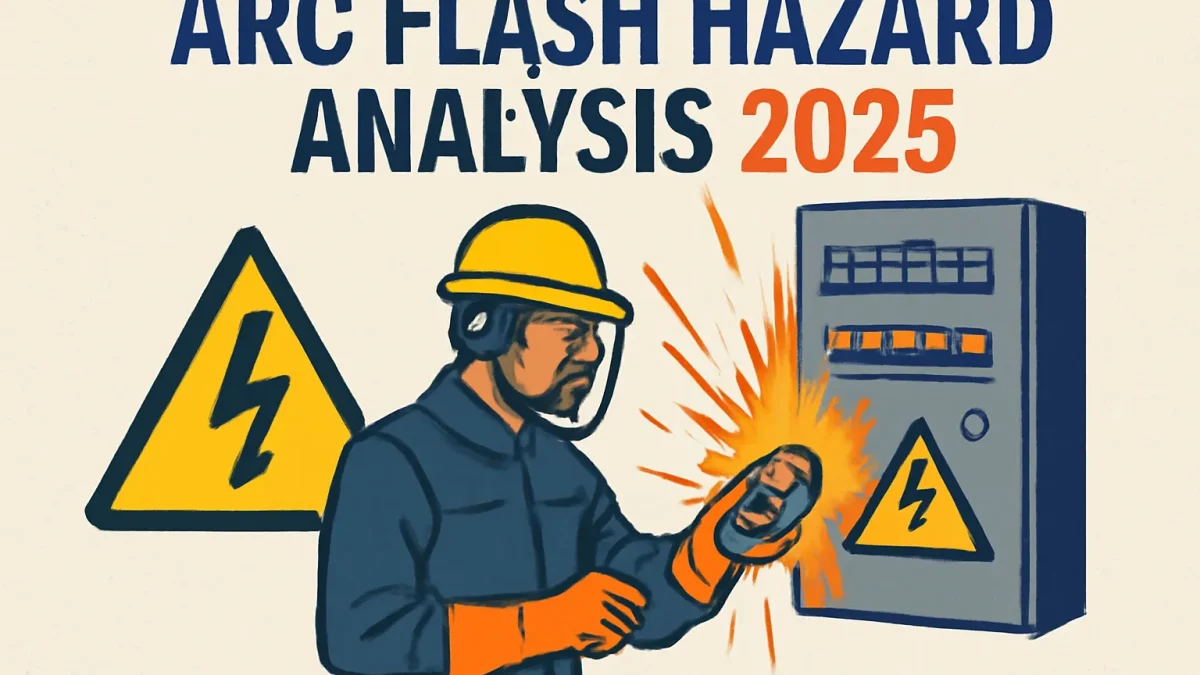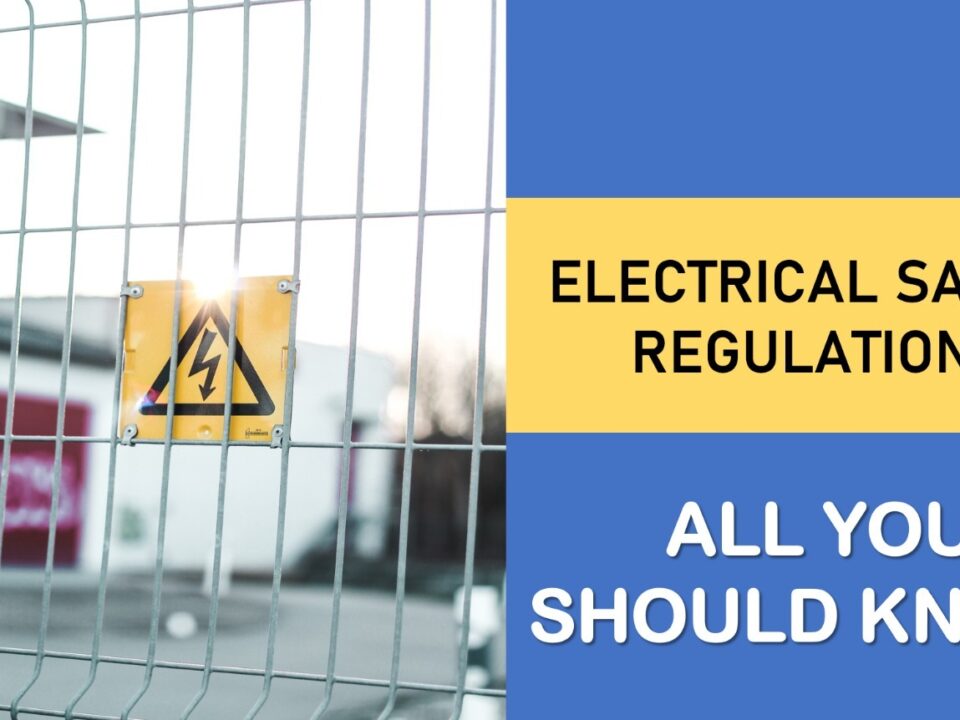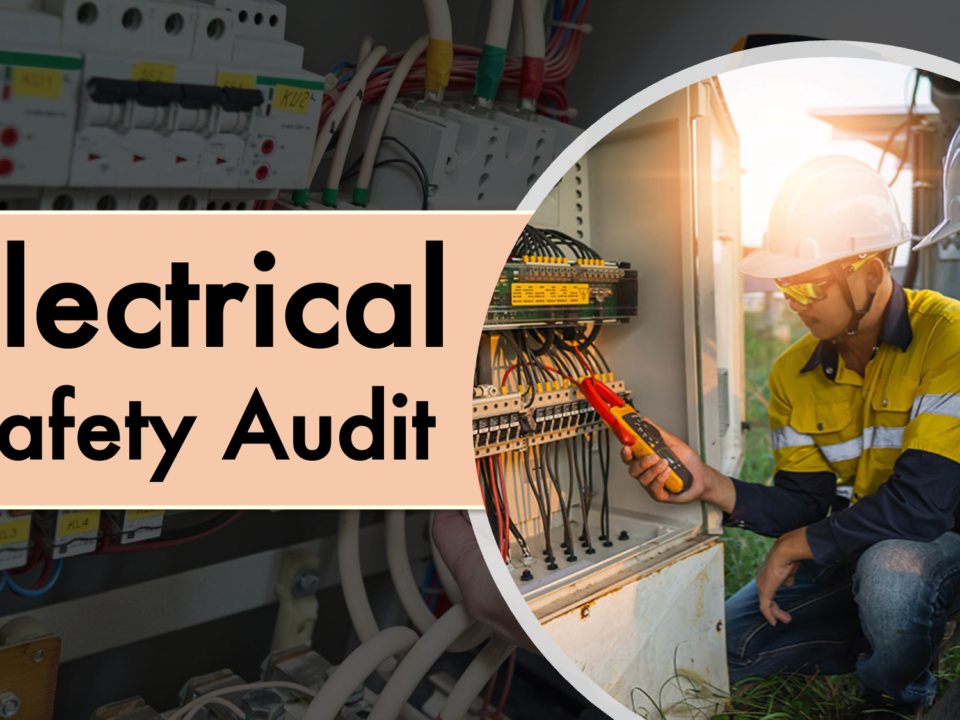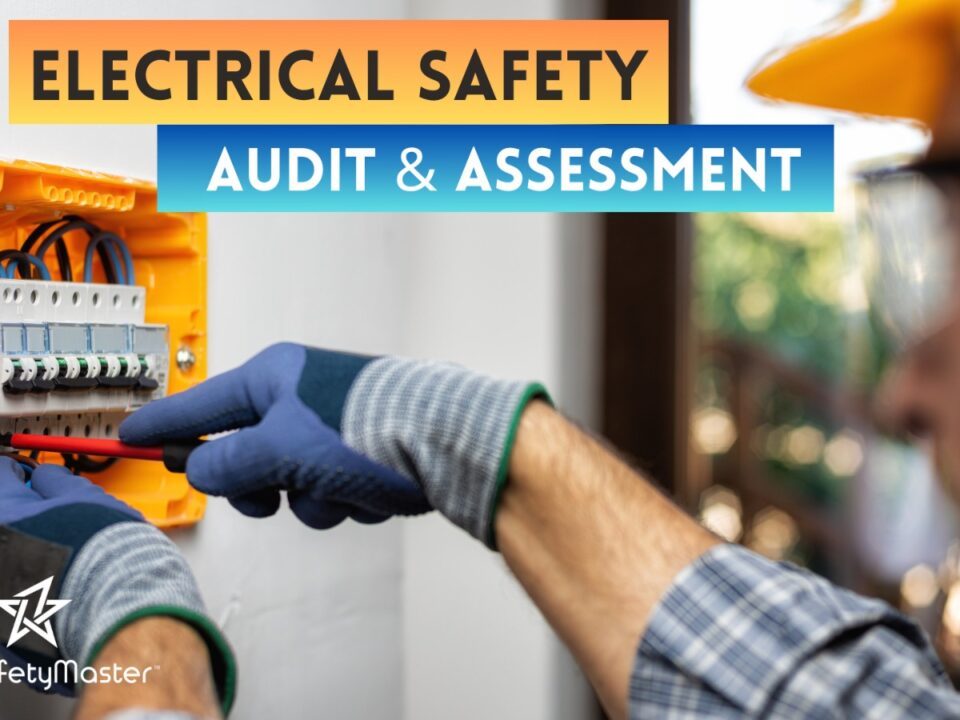Arc Flash Hazard Analysis 2025: New Standards, Digital Tools, and Safety Best Practices

Leveraging Technology for Enhanced Job Safety Analysis & Common Mistakes to Avoid in Job Safety Analysis
August 15, 2025
Comprehensive Safety Management Outsourcing: A Guide for Site or Company
August 27, 2025Arc flash incidents are among the most severe hazards in electrical systems, often leading to life-threatening injuries, equipment damage, and costly downtime. As industries embrace modern safety protocols, 2025 brings updated standards, innovative digital tools, and a sharper focus on proactive measures to manage these risks.
Why Arc Flash Analysis Matters
An arc flash occurs when electrical current jumps through the air between conductors, producing extreme heat and pressure. These events can reach temperatures of 35,000°F, causing severe burns and explosions. Conducting a thorough arc flash hazard analysis is no longer optional; it is a critical step in creating a safer workplace and ensuring compliance with international safety standards.
New Standards in 2025
Recent regulatory updates emphasize a more detailed approach to arc flash analysis. Key changes include:
- Updated PPE Categories – Personal protective equipment ratings are now more closely aligned with potential incident energy levels.
- Improved Risk Assessment Frameworks – Risk assessments must consider both electrical and human factors.
- Integration with Other Safety Protocols – Standards now encourage combining electrical hazard assessments with broader safety programs such as Hazop Study and Process Safety Management to ensure holistic risk control.
Digital Tools Leading the Way
In 2025, digitalization is transforming how arc flash analysis is performed. Key advancements include:
- Simulation Software – Advanced programs can model electrical systems, predict fault scenarios, and calculate incident energy levels with higher accuracy.
- Wearable Technology – Smart PPE with sensors can monitor exposure to heat, voltage, and other hazards in real time.
- Cloud-Based Safety Systems – Centralized platforms allow companies to integrate Safety Audit data with arc flash reports, ensuring faster compliance checks and easier reporting.
Safety Best Practices for 2025
While technology and regulations are evolving, core safety practices remain essential:
- Comprehensive Risk Assessments
- Go beyond electrical systems; consider human behavior, maintenance schedules, and environmental conditions.
- Link findings with programs like Behavior-Based Safety Training to minimize human error.
- Regular Audits and Inspections
- Conducting a Fire Audit and a complete Safety Audit Service ensures hazards are identified before they escalate.
- Inspections should be scheduled after system upgrades or major operational changes.
- Employee Training
- Workers should receive updated HAZOP Training to understand process safety and hazard identification.
- Simulated drills for arc flash response can build confidence and improve emergency reaction times.
- Collaboration with Experts
- Engaging a qualified Safety Consultant helps ensure compliance with evolving standards.
- Consultants provide guidance on equipment labeling, PPE selection, and proper documentation.
Integrating Arc Flash Analysis with Broader Safety Programs
Arc flash analysis should not operate in isolation. When combined with Process Safety Management frameworks, it supports a culture of continuous improvement. Likewise, integrating findings into comprehensive audits ensures all hazards, from electrical faults to fire risks, are addressed effectively.
Looking Ahead
The focus for 2025 is clear: leverage technology, comply with updated standards, and foster a proactive safety culture. Organizations that prioritize these areas not only protect their workforce but also enhance operational reliability and efficiency.
Arc flash hazard analysis is more than a compliance requirement; it is a commitment to safeguarding lives, equipment, and future productivity.




